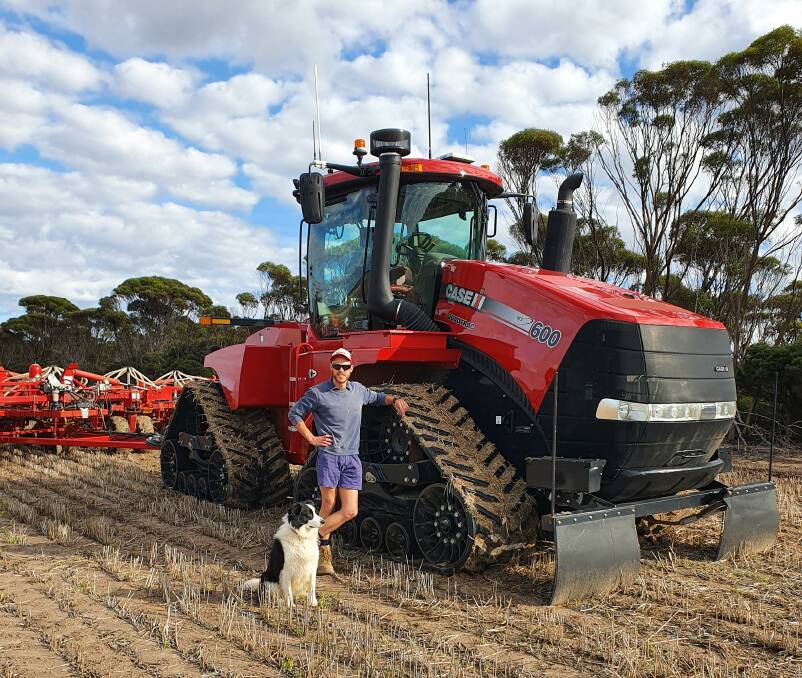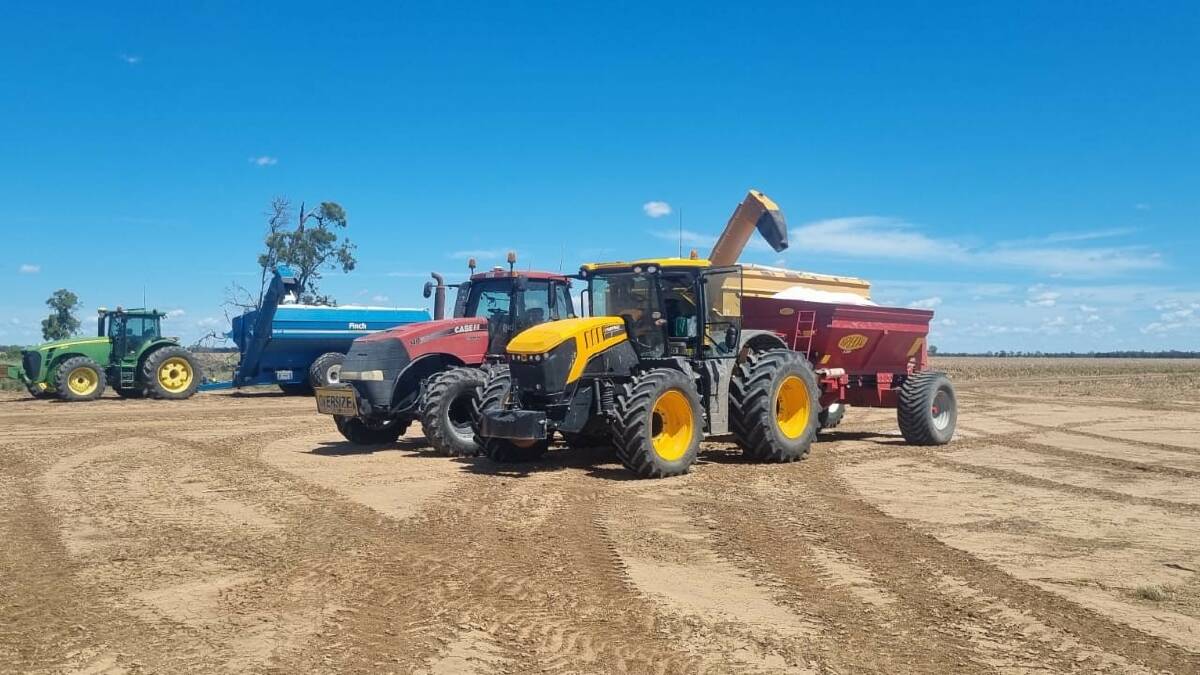Data driven application key to managing rising input costs

This is branded content from Rabobank.
The recent escalation in fertiliser prices made for confronting budgets leading into the winter cropping season, but for one Western Australian producer, an investment in precision technology is ensuring every dollar spent on inputs counts.
Esperance grain grower John Sanderson, who farms 6,000 hectares together with parents Danny and Judy and his wife Desiree, has long relied on soil mapping and sampling for the most accurate indication of soil nutrition, and believes it's technology that will certainly prove its worth this year.
"Having evidence based data we can use to really optimise our fertiliser usage is going to be a huge benefit this year, having our soils sampled is money very well spent," John said.

John and Danny work closely with their agronomist Luke Marquis of South East Agronomy Services, who is a firm believer in the old adage, 'you have to measure it to manage it'.
"This season calls for analytical and strategic, informed decision-making," Luke said.
The Sandersons also embrace expert knowledge sharing, with regular round tables including Rabobank area manager Ryan Meldrum and Farmanco farm advisor Ben Curtis ensuring that each decision is backed by sound judgement.
John said he relied on a team of good people to optimise his business, including Rabobank.
"Rabobank is committed to working with us to achieve our business management objectives and having evidence of the crop's yield potential and predicted input costs is a very beneficial tool when planning with the bank."

Luke and the Sandersons worked with CSBP's soil analysis labs and NUlogic models to produce detailed nutrient demand recommendations, as well as satellite imagery demonstrating each individual paddock's range of yield potential, and the application rate of nutrients necessary to achieve those yields.
"Soil mapping and subsequent strategic testing ensures we can identify what each paddock needs to reach our budgeted yield, without overcapitalising or undercapitalising," Luke explained.
This year the family budget on growing a smaller crop averaging a 2.5 tonne yield this year, which is their long-term average.
John is currently reassessing whether more fertiliser will be necessary and admits the prospect of a deficit budget was an enormous worry, just one season on from his best year ever.
"The current input costs have the potential to take all the cream from last year's crop, so we have to be confident that every dollar spent is towards making a profit," John said.


